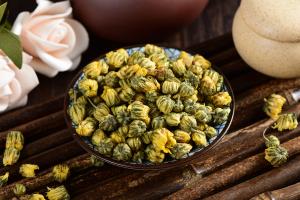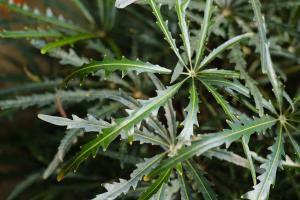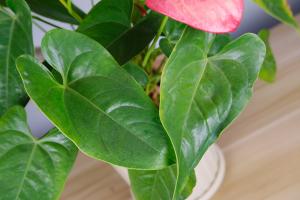1、 Curing method
1. Temperature
Generally, it can get better growth and development in an environment above 20 degrees. If the temperature is too low, it is easy to stop growing in a dormant state, which will affect its growth and development. Therefore, in winter, we must move the sea taro to a warm place indoors
2. Topdressing
This is a kind of fertilizer loving plant, so thin fertilizer can be added every month to promote its growth and development
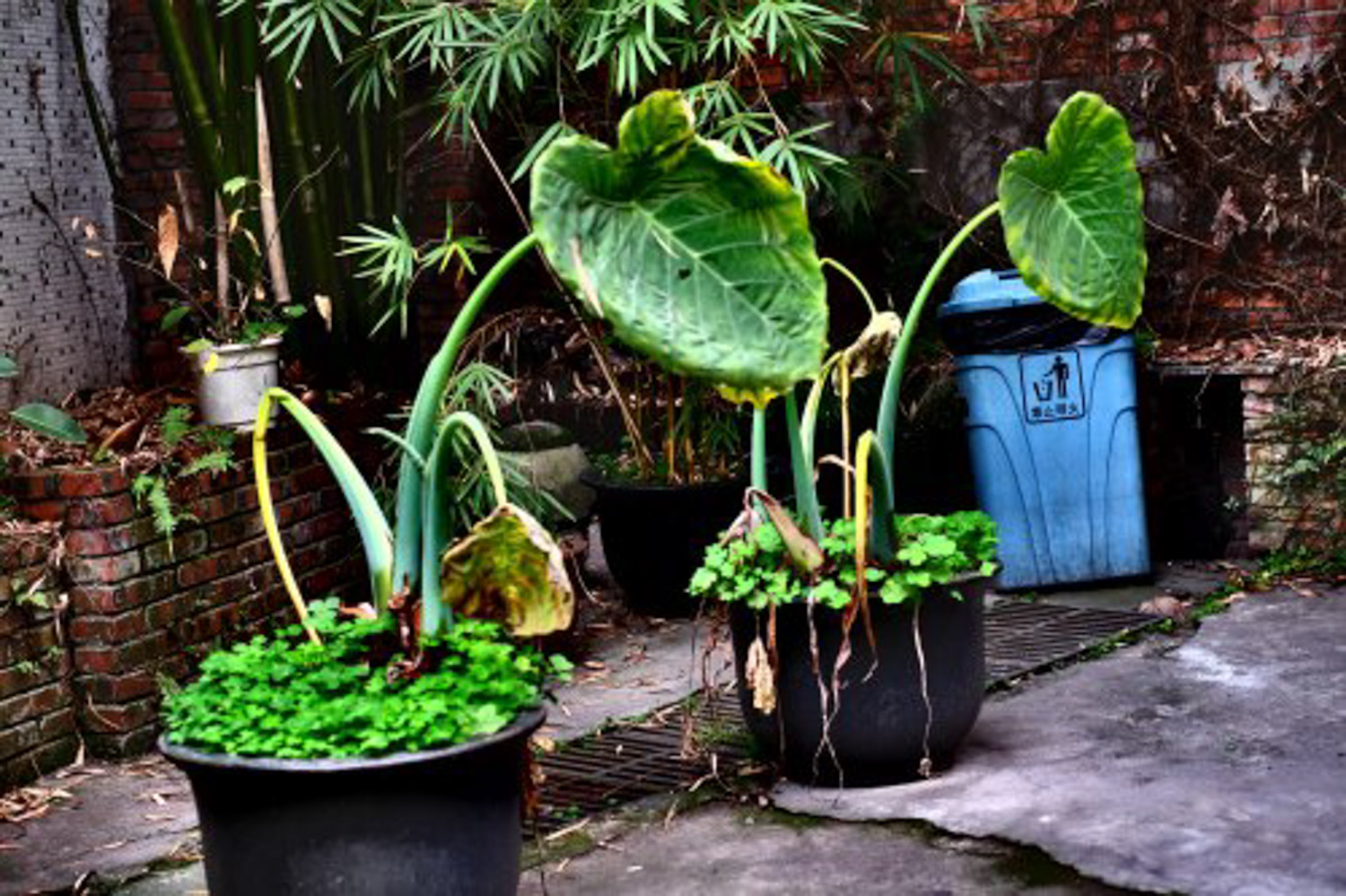
3. Watering
The taro needs more water in summer than in the past, so it must be watered more in summer, but don't be greedy. Just keep it to a certain extent. Generally, the soil can be slightly wet. There must be no water in the basin, otherwise it is easy to cause the root of the taro to rot. In winter, the sea taro will sleep, so we must water less, and fertilization can also be stopped
4. Sunshine
Taro is a cool plant, so don't direct sunlight on it, otherwise it will sunburn its leaves
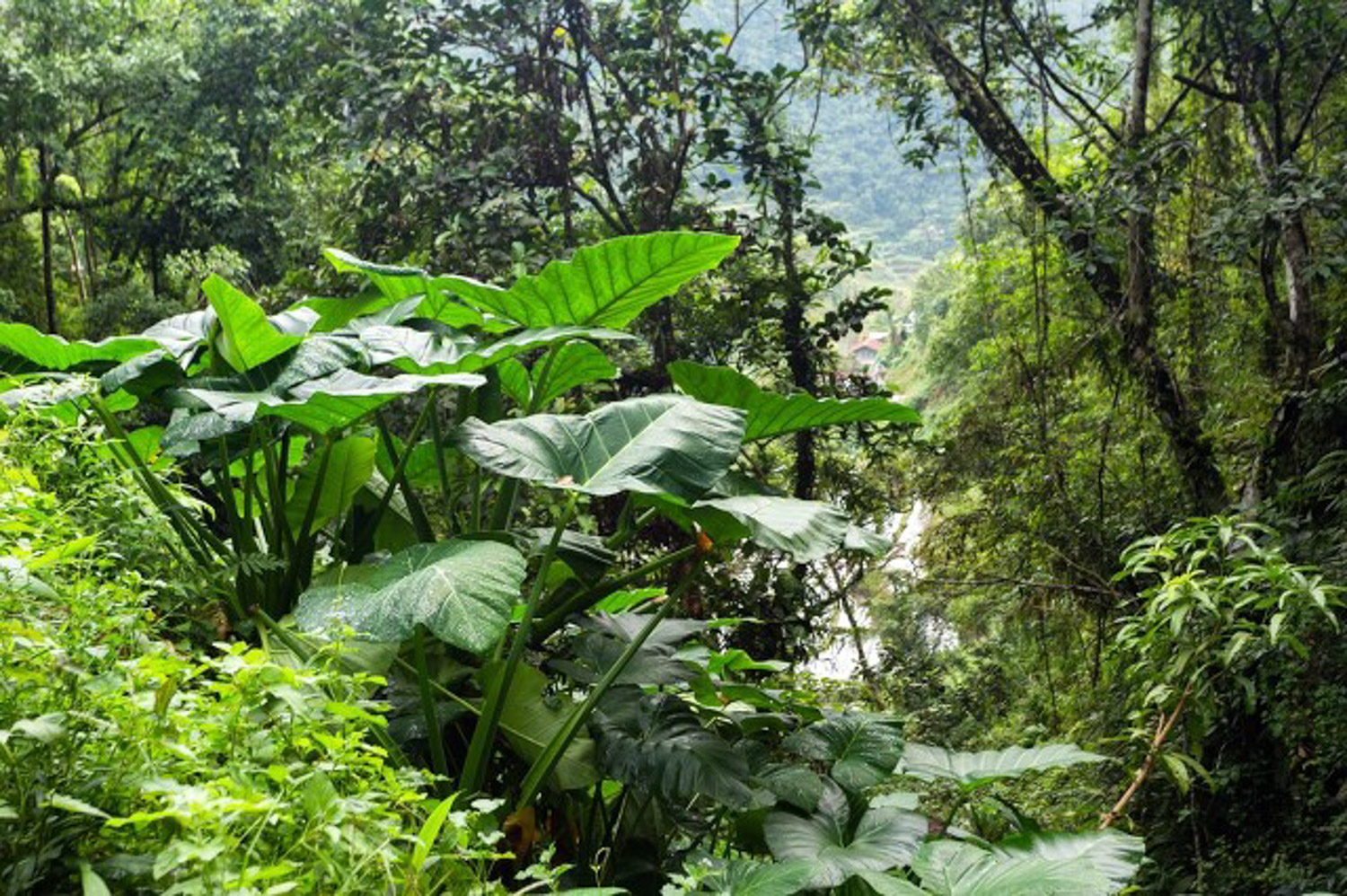
2、 Breeding attention
1. Attention to breeding in summer
Because taro grows very fast in summer, it needs a little more nutrients than other seasons. Generally, rotten fertilizer or nitrogen-containing compound fertilizer should be applied to the sea taro every half a month. If the fertilizer is not applied in time, it is easy to cause the incomplete development of the stem of the sea taro, and it is easy to make the hypertrophic green leaves turn yellow or wither, affecting the overall beauty of the sea taro. In serious cases, the flowers may not bloom
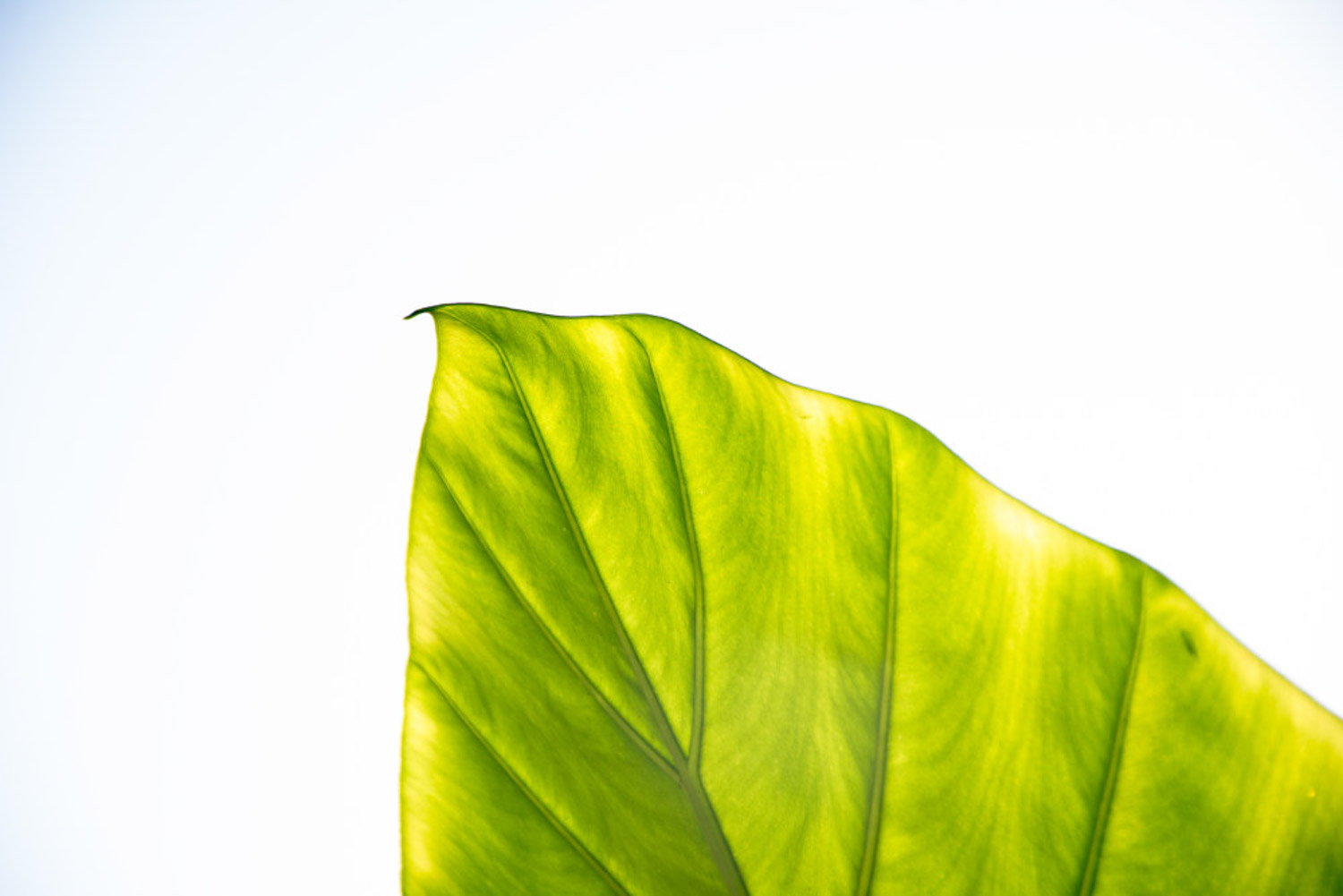
2. Attention to breeding in winter
Because the sea taro likes a warm and relatively high humidity environment, the cold outside in winter is not suitable for the growth of the sea taro, so it is necessary to transplant the sea taro indoors or in the greenhouse. Although the sea taro does not like sunshine, it should also be illuminated for 4 hours a day in winter, which can make the morphological development of the sea taro better. However, it is not necessary to apply fertilizer in winter, because generally, the sea taro will be in the dormancy period in winter. Stopping fertilization at this time is conducive to its dormancy and will not burn out its roots

 how many times do yo...
how many times do yo... how many planted tre...
how many planted tre... how many pine trees ...
how many pine trees ... how many pecan trees...
how many pecan trees... how many plants comp...
how many plants comp... how many plants can ...
how many plants can ... how many plants and ...
how many plants and ... how many pepper plan...
how many pepper plan...